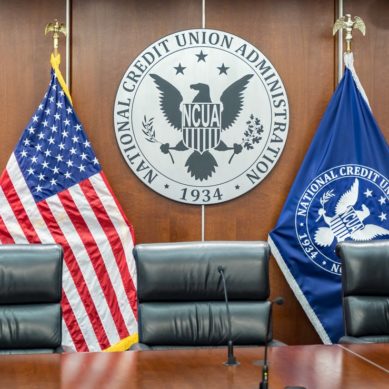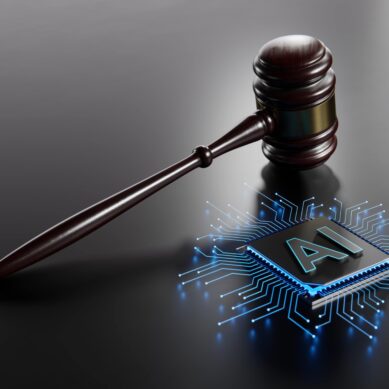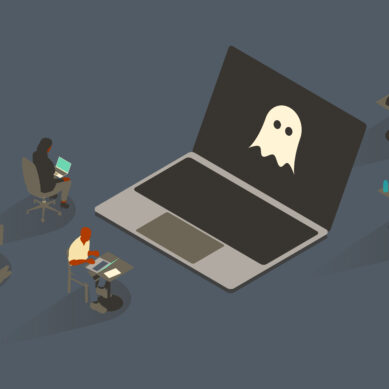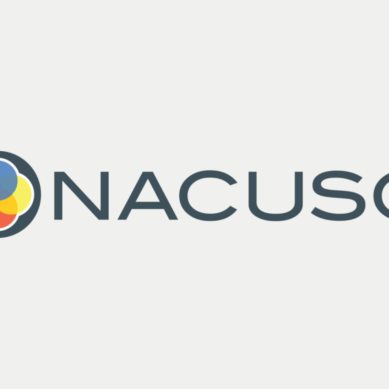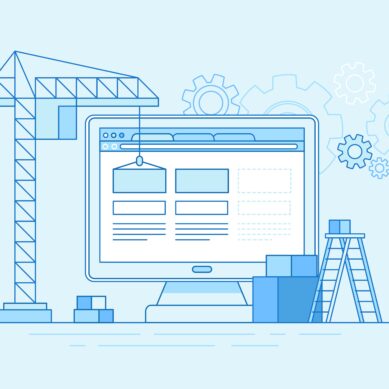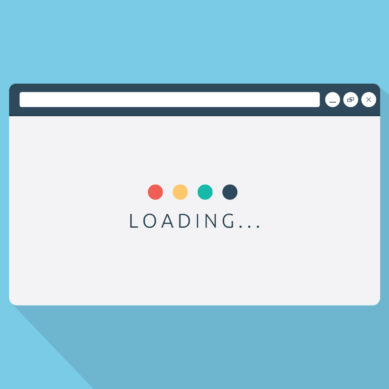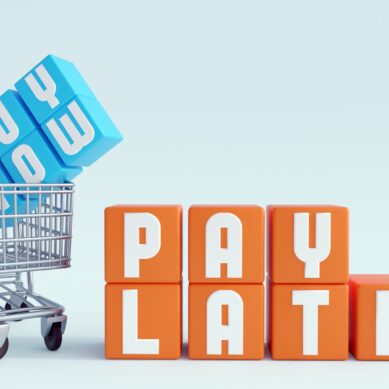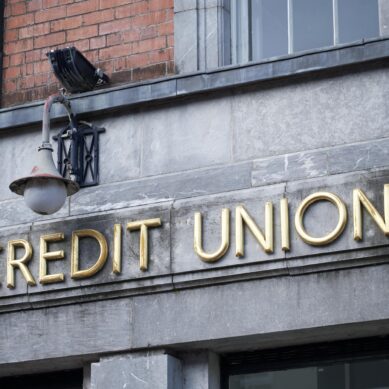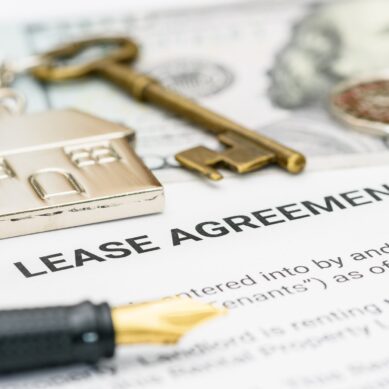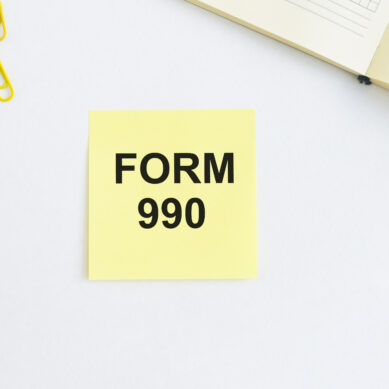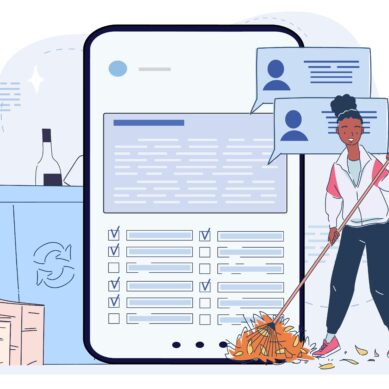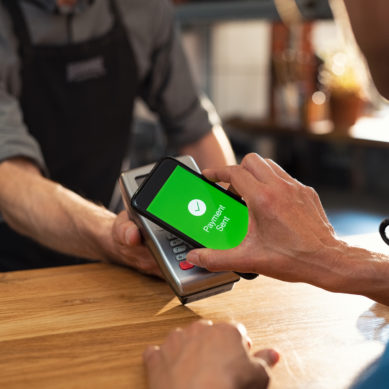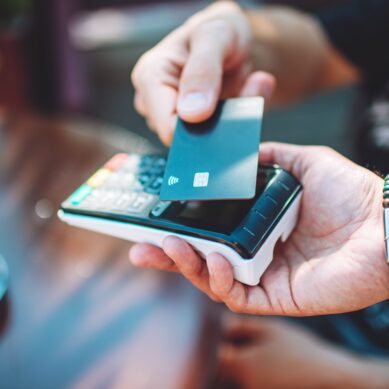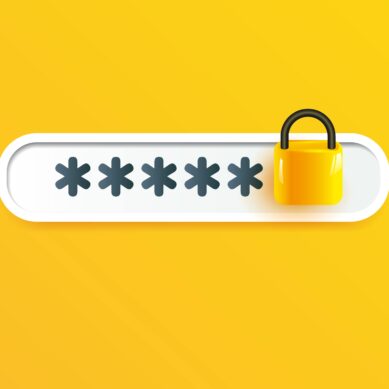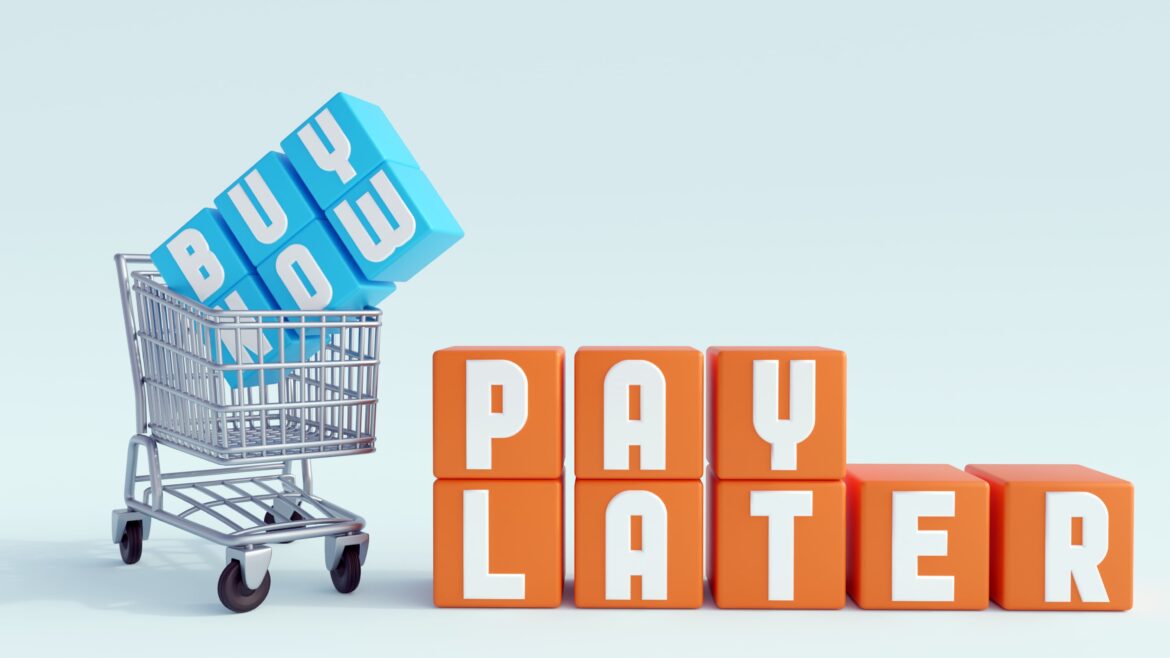At just about every purchase, everywhere, consumers are being asked if they would like to split their payment up into smaller amounts with buy now, pay later (BNPL), a short-term lending service that allows consumers to pay for virtually any item in installments.
At first glance, buy now, pay later can appear as a helpful and financially sound way to break up larger payments that consumers may not be able to pay for outright. After all, not everyone can afford vehicle repairs, expensive Christmas gifts, or even school supplies at the drop of a hat.
Payment plans—or installment plans—have existed for hundreds of years, dating all the way back to the colonial era. In that vein, users may see buy now, pay later as simply a more updated version of those old payment plans, refreshed and repackaged to meet modern consumer spending habits and methods.
But as buy now, pay later systems such as Klarna, Afterpay, and Affirm ramp up operations—with Juniper Research reporting that BNPL transactions were upwards of $334 billion in 2024 alone—one has to ask exactly how much debt is being racked up to “pay later,” and how credit unions will be affected when it comes time for members to pay the piper.
Who uses buy now, pay later?
To understand the potential benefits or ramifications of buy now, pay later, we must first look at how BNPL stacks up against the rest. How is it so successful? How is it being packaged and sold, and to whom?
Historically, installment plans were reserved for large and expensive purchases that the everyday consumer may not have the disposable income needed to buy an item outright—say, furniture. But now, thanks to BNPL, consumers can create installment plans for just about any purchase—from the $250 online clothing purchase, to needless Target hauls, all the way to a $1.50 hot dog from Costco (ok, that one’s a stretch).
This shift to buy now, pay later is partially a result of rising costs of living, with a report from the U.K. national charity Citizens Advice finding that 11% of BNPL users used the product to pay for groceries, and even more for everyday needs. Furthermore, a large portion of BNPL’s user base, according to a report from the CFPB, is comprised of younger, less educated consumers who often have lower credit scores and, as a result, less access to credit or unmet credit needs. As opposed to standard lenders, BNPL approves 78% of loans from applications with subprime credit scores.
Therefore, it’s clear that BNPL is being used to supplement a lack of access to traditional financing options and as support for struggling consumers who may have exhausted other options. But again, this is only partially the reason for the skyrocketing use of these services. BNPL lenders have one other major target and supporter: women.
According to a 2024 study from the Federal Reserve Bank of Boston, women are 68% more likely to use installment plans—and these services know it. As journalist Annie Joy Williams notes in the Atlantic, BNPL lenders are specifically targeting women through ads that read things such as, “Little payments are so much cuter.”
Through this marketing, servicers are looking to cash in on the rise of aesthetic influencing (as we discussed in our article on TikTok) by branding their form of lending as “cute debt” because it consists of smaller payments than other forms of debt, Williams notes. But these “little” payments can eventually compound into something not so “cute.”
As the saying goes, “Little by little, a little becomes a lot.” When consumers accumulate multiple loans from multiple BNPL lenders, their small debt becomes much larger and can be all the harder to keep up with and pay consistently. The result? An untold amount of buy now, pay later debt that remains a mystery to traditional lenders, and sometimes even to the consumer.
Racking up phantom debt
One of the larger issues with the buy now, pay later system is that all too often, the debt consumers accrue by delaying their purchase payments goes unreported to credit bureaus. This is called “Phantom Debt,” when a consumer who appears via their credit to have less debt or no debt, when in reality, their debt is merely unreported.
When debt is not tracked through proper credit systems, credit union lenders fail to see a member’s entire credit profile and financial situation. This makes it all the more difficult to accurately assess a member’s debt-to-income ratio as well as their debt risk when they apply for a mortgage, which can put the financial institution and the housing market as a whole at risk.
And it’s not just financial institutions missing out on critical info, as even the consumers themselves may be unaware of the total amount of debt they have, considering most BNPL users have multiple loans out at a time and often from different servicers. A CFPB report found that in 2021 and 2022, 63% of BNPL borrowers had simultaneous loans at some point, with 33% having loans across different firms.
You see, it’s not the “buy now” Americans are struggling with, but rather the “pay later,” in which many forget to pay or fail to pay due to lack of funds. The same research from Citizens Advice referenced earlier found that 21% of BNPL customers have either missed or made a late payment. Even more worrisome, 10% of customers reported that they had been visited by an enforcement agency as a result.
For a while, people even tried to pay off buy now, pay later debt with credit cards, merely transferring the loan balance from one system and servicer to another, forgoing one of the major benefits of BNPL: a lack of interest. This debt shuffling was eventually shut down, as Capital One and Chase banned BNPL payments from their credit cards, leaving many wondering how to pay for their loans.
The NCUA steps in
But for all of the risk associated with buy now, pay later, consumers have proved that they can and will use these programs. The focus then becomes not “Should buy now, pay later exist to begin with” but “How do we promote responsible, educated usage of buy now, pay later, and ensure proper reporting?”
For one, there needs to be consistent, accurate reporting of buy now, pay later debt for the benefit of both the consumer and the credit union. Both parties should be keenly aware of the total amount of current debt, especially when looking to potentially take on more debt through the credit union. Furthermore, without the whole financial picture, credit unions will have a harder time recommending products and services that will help the member.
To correct this oversight, America’s Credit Unions has recently called on the Department of Housing and Urban Development (HUD) to require buy now, pay later debt to be included in the Federal Housing Administration’s underwriting standards. America’s Credit Unions Regulatory Affairs Counsel Tyler Maron wrote to the HUD in August to warn about the risks this unreported debt could pose to financial institutions, the housing market, and FHA lending.
“Although America’s Credit Unions maintains concerns that BNPL may harm younger and lower-income Americans, its growing usage requires implementation into FHA’s underwriting policies to ensure transparency and safeguards for credit unions,” wrote Maron. “America’s Credit Unions, while supporting broader access to credit, stresses the need for responsible lending practices that consider borrowers’ financial health and repayment capabilities.”
In the meantime
While credit unions await legislative action to be taken on buy now, pay later, they can safeguard their institution and their members with two key initiatives: education and due diligence. While member education and financial wellness support should be year-round endeavors, credit unions should put focused efforts into educating their members on the risks that can come with too much BNPL usage and how to use the service in a responsible way.
At the same time, credit unions should be doing their own due diligence when it comes to lending, even if underwriting standards do not currently require the disclosure of Buy Now, Pay Later debt. Ensure every applicant is being asked about potential undiscovered debt in one form or another, as they are required to share that information with your credit union. Additionally, bank statements can be used to determine if a member has current BNPL payments. Though you won’t be able to see the total debt amount, you should be able to get a decent idea through the payment amounts and the number of payments.
Plan now, profit later
Whether using it to fund essential purchases like groceries or a frivolous Starbucks order, consumers are relying on buy now, pay later more than ever. As Ed deHaan, a professor at Stanford’s Graduate School of Business, spoke on the subject, buy now, pay later debt could be a canary in a coal mine for the financial health of Americans, but thanks to a lack of reporting, the canary simply “doesn’t exist.”
Thankfully, this debt won’t remain a phantom for long. The Department of Housing and Urban Development is currently taking comments on the issue, and in June, FICO announced it will begin incorporating buy now, pay later debt into its credit scores starting in the Fall of 2025. Hopefully, as the popularity of buy now, pay later increases, so too will the standards around its usage and reporting.
Until then, credit unions should remain extra vigilant in their lending, seek to educate their members, and keep an eye on what requirements may come down the pipeline in the future.





